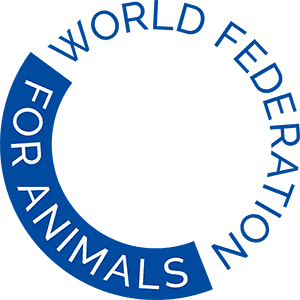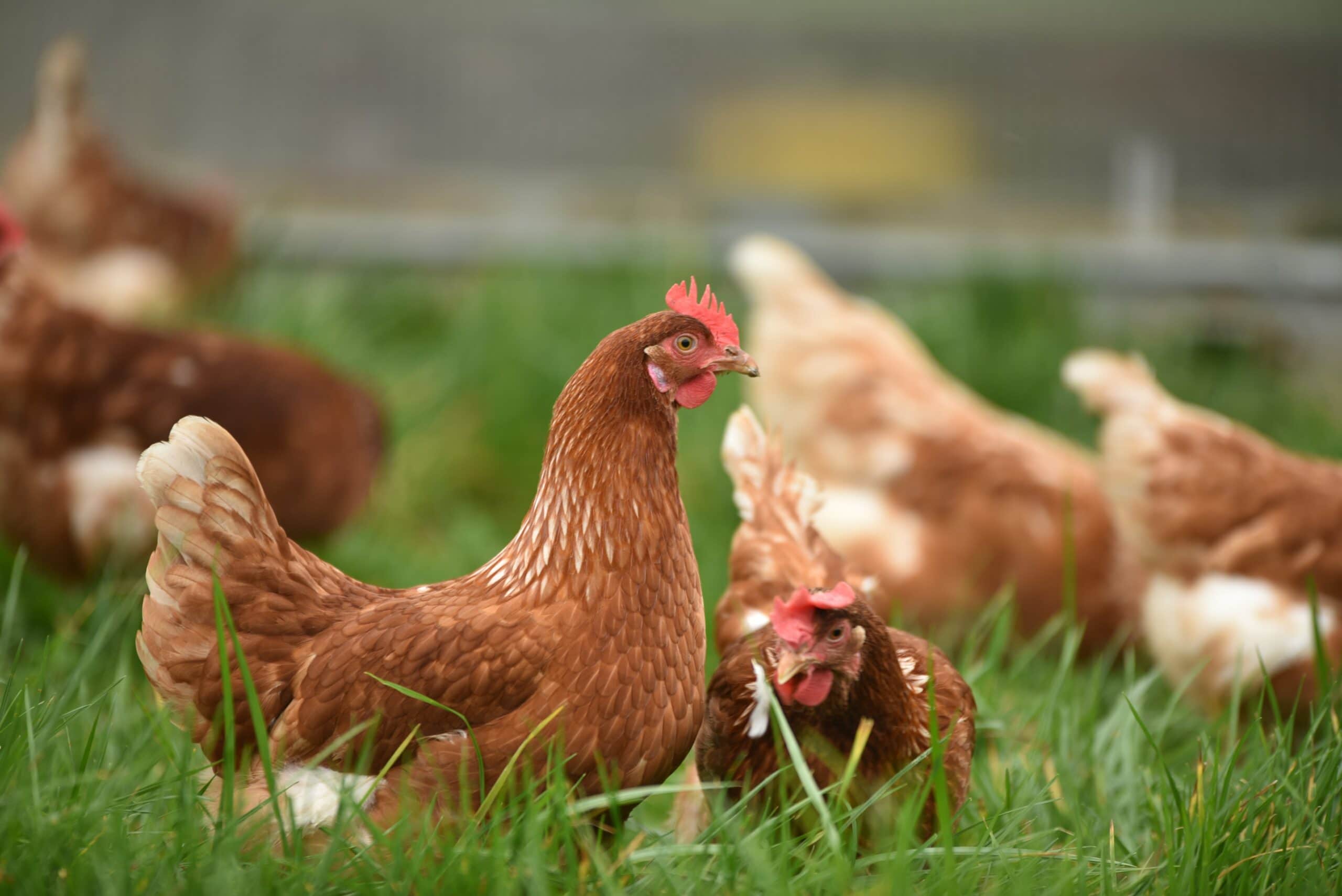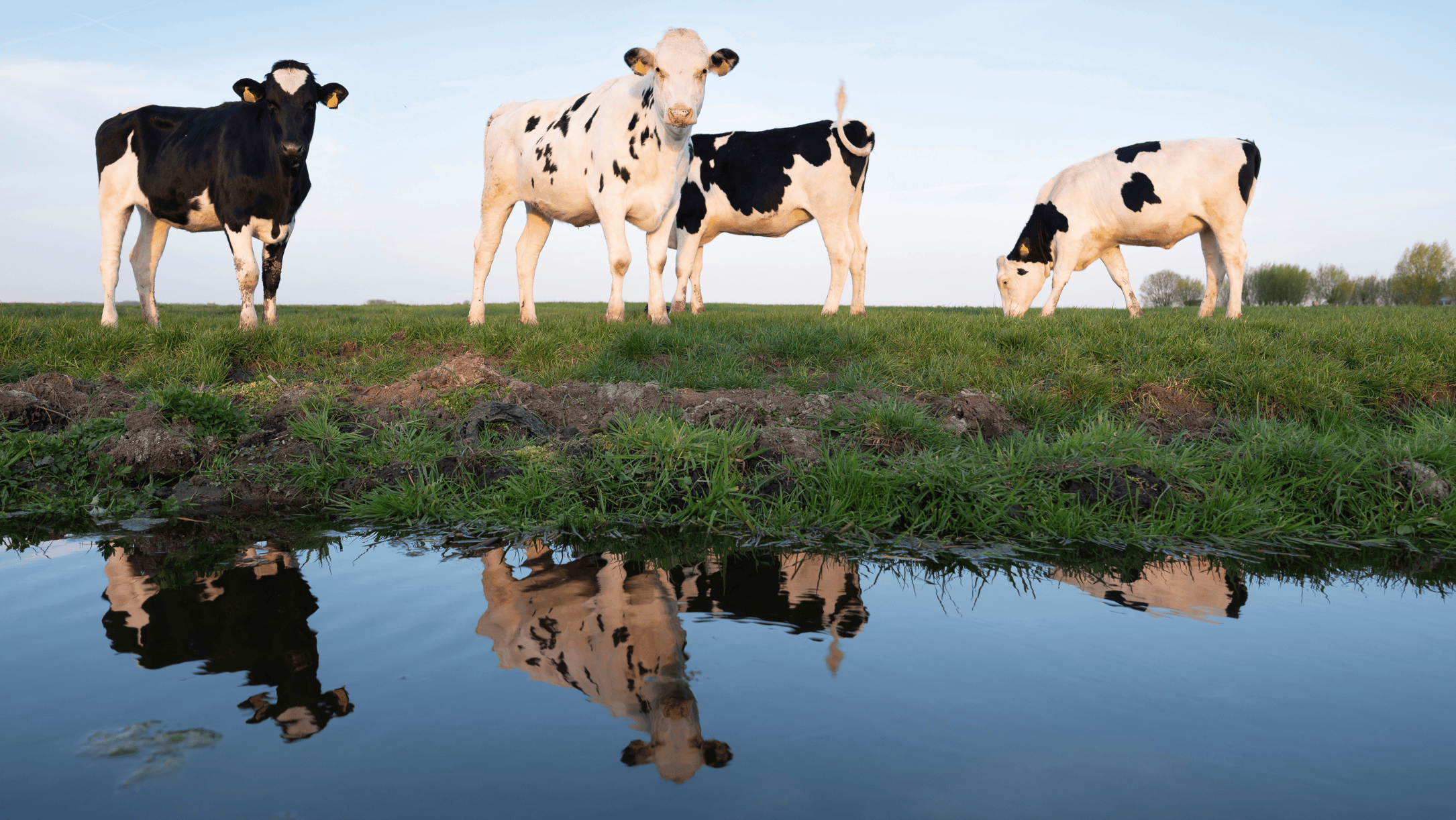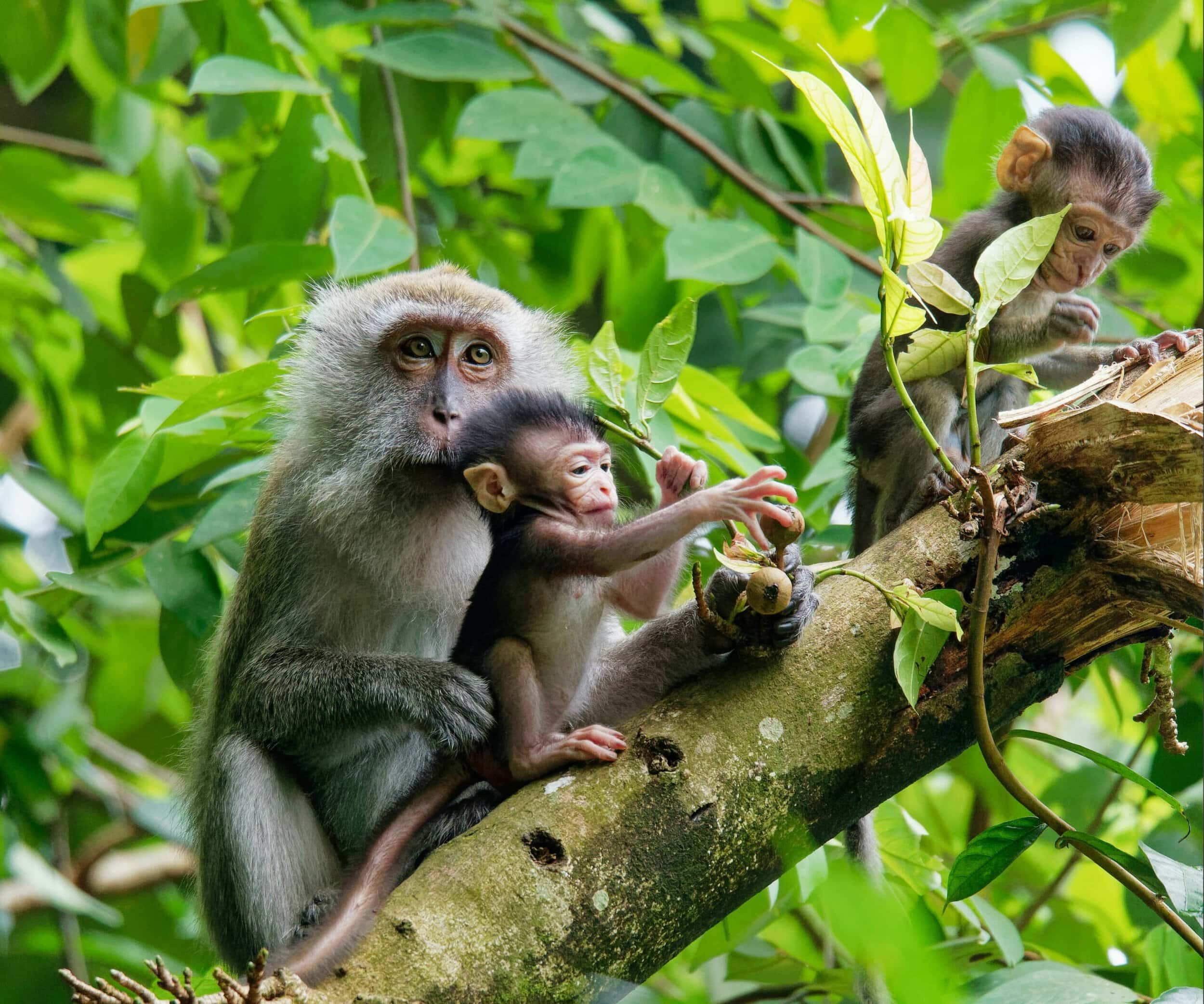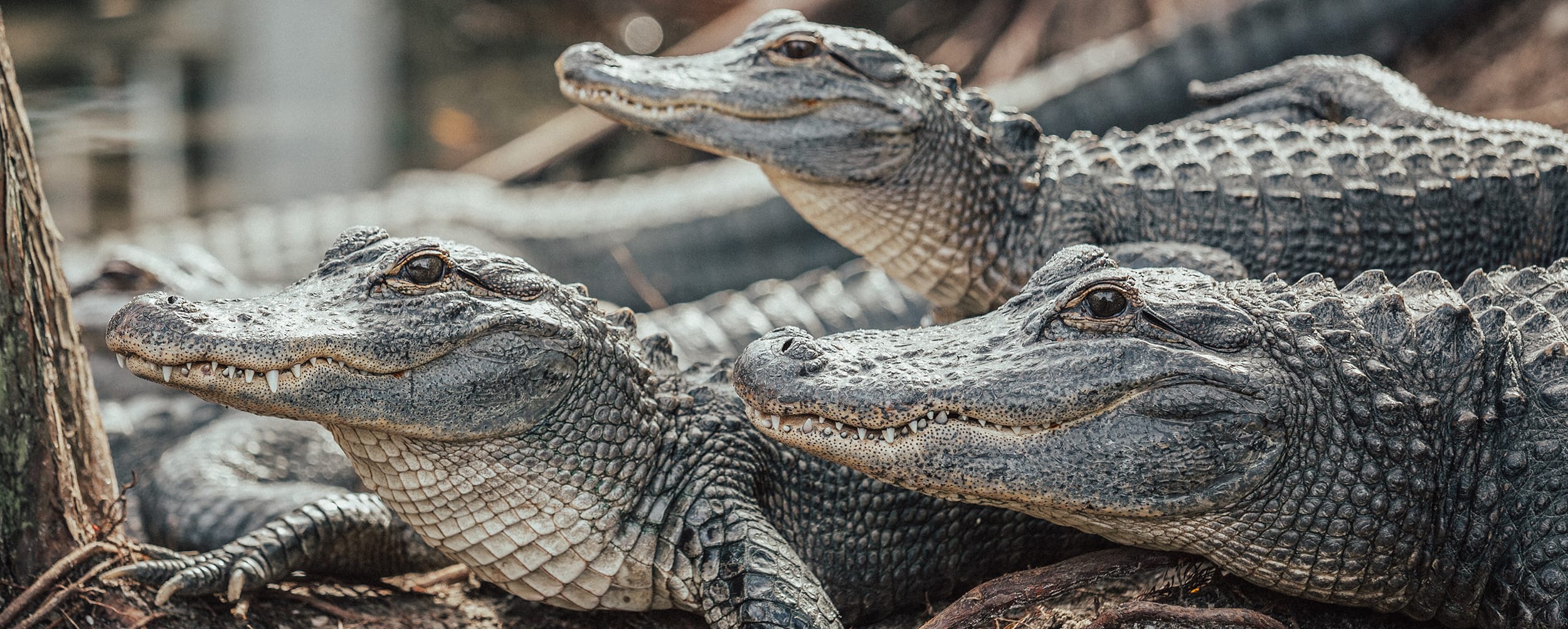Animal welfare is still missing at the UN and particularly in its Agenda for the Environment, even if it benefits from a growing recognition at the UN, particularly in the reports of the UN Environment Programme (UNEP) and the UN Secretary-General. With the exponential demand from the civil society to better protect animals, the next UN Environmental Assembly (UNEA) in 2022 offers an unprecedented opportunity to enshrine the new paradigm in favour of animal welfare recognition at the UN, including through the 2022 Political Declaration.
The absence of a global protection of animals puts humanity at risk
Despite our previous ‘Policy Brief: Animals in the Global Pact for the Environment’, animals are regretfully left aside as there is not a single mention of animal issues in the Draft Building Blocks of a Political Declaration.
However, this concern would fit with the first statement for a “healthy and sustainable environment and […] the urgent need to reinforce the protection of the environment for present and future generations” as well as other statements recalling the need to comply with “the 2030 Agenda for Sustainable Development” (Art. 1 and 4).
Animal welfare is a missing issue in the 2030 Agenda
Even if this globally crucial 2030 Agenda is envisioning “a world in which humanity lives in harmony with nature and in which wildlife and other living species are protected” (Art. 9 of the UNGA Resolution 70/1), animal protection is almost totally absent from the 17 Sustainable Development Goals (SDGs) and its 169 targets.
With the exception of SDG 14 “Life Below Water” and SDG 15 “Life On Land”, those “other living species” are hardly mentioned, and their welfare is not addressed.
Only one mention of “animals” can be found in Target 2.5 as to “maintain the genetic diversity of […] farmed and domesticated animals and their related wild species”.
The same concern is addressed in the Convention on Biological Diversity (CBD), in which occurrences can be found many times in Preamble, Arts. 1, 2, and in the Target 13 of the Aichi Biodiversity Targets. Beyond the need to preserve the genetic diversity of species and to adopt conservation measures to protect endangered wildlife species, the time has come to consider the need to protect the welfare of animals as sentient beings and to make it a new UN-iversal mission.
Fortunately, animal issues, as well as their interlinkages with humans and nature are increasingly recognized by the UN and its Member States. For instance, the Ministerial Declaration for the High-Level Political Forum in July 2021 first excluded “animals” from the One Health concept, in contradiction with its definition and meaning. After a call to the UN member States delegates, animals could be reintroduced in the text as follows:
“We recognize that human, animal, plant and ecosystem health are interdependent, and we emphasize in that regard an integrated approach that fosters cooperation between environmental conservation and the human, animal and plant health sectors in line with the 2030 Agenda and the SDGs.” (See Jessica Bridgers, “UN Declaration highlights need to protect animals for sustainable future”, June 2021).
The time has come to consider the need to protect the welfare of animals as sentient beings and to make it a new UN-iversal mission.
In 2020, the World Health Organization (WHO), the World Organisation for Animal Health (OIE), the Food and Agriculture Organization of the United Nations (FAO), and UNEP have agreed to strengthen collaboration and set up a “One Health High-Level Expert Council” on the links between human, animal and environmental health in order to improve One Health.
Strong governance should safeguard the well-being of both wildlife and domesticated animals with rules on animal welfare embedded in transnational trade.
Sabine Brels
Building forward better can be possible only in considering animal welfare
The Animals Manifesto is now supported by nearly 180 NGOs worldwide and prefaced by Dr. Jane Goodall, DBE, UN Messenger of Peace. A key message is the need to generally endorse the “One Health/One Welfare” approach for humans, animals and environment at international and UN policy levels. Considering the existing interlinkages, as well as the emergency to better protect the health and welfare of the planet and all its inhabitants, animal protection is still a lacking UN goal in this trilogy.
The UN has considered human protection and adopted, inter alia, the Universal Declaration of Human Rights in 1948, as well as a series of environmental protection instruments since the Stockholm Declaration in 1972. As we know, there is still a lot to do to improve both, as reflected, for the environment, by the Global Pact for the Environment project and the 2022 Declaration.
However, there is still no UN instrument for protecting animal welfare as sentient beings, which is what the Manifesto is advocating for in making concrete proposals to advance animal welfare protection at international and UN levels.
Animal welfare proposals for the next UN Environmental Assembly in 2022
As to concretely advance animal protection at the UN, the proposal for a Resolution on Animal Welfare for a Healthy, Humane and Sustainable Environment is led by the Africa Network for Animal Welfare (ANAW) and WFA with the support of the African Union Inter-African Bureau for Animal Resources (AU-IBAR), aiming to its adoption by the “Global Parliament for the Environment” at the next UNEA in 2022.
Moreover, WFA is glad to partner with the Global Pact Coalition for the 2022 Declaration and strongly advocates in favor of the inclusion of animals and their protection in the next UN relevant Environmental instruments, notably into the upcoming and strongly supported 2022 Political Declaration.
As previously demonstrated, animal welfare cannot be reasonably excluded anymore, neither from the 2022 Declaration nor from the – hopefully following – Global Pact for the Environment (GPE) in the future. Indeed, with the GPE’s initial ambition to enshrine the rights of nature in UN Law and to live in Harmony with Nature, animals should not be left aside anymore. As summarized by the leaflet of the Animal Welfare Resolution:
“Exploitation and unsustainable use of animals is a key driver of the triple environmental crises of biodiversity loss, climate change and pollution as well as the emergence of the current global COVID-19 pandemic. The integration of animal welfare in the work of UNEP would benefit their objectives”.
In sum, better protecting the environment can only be achieved by better protecting animal beings too.
Originally published on the Pathway to 2022 Declaration website.
Sabine Brels is the legal advisor to the World Federation for Animals. In 2014, she cofounded the Global Animal Law (GAL) Association and led work on several projects, including the creation and update of the first complete Animal Welfare Legislation Database.
